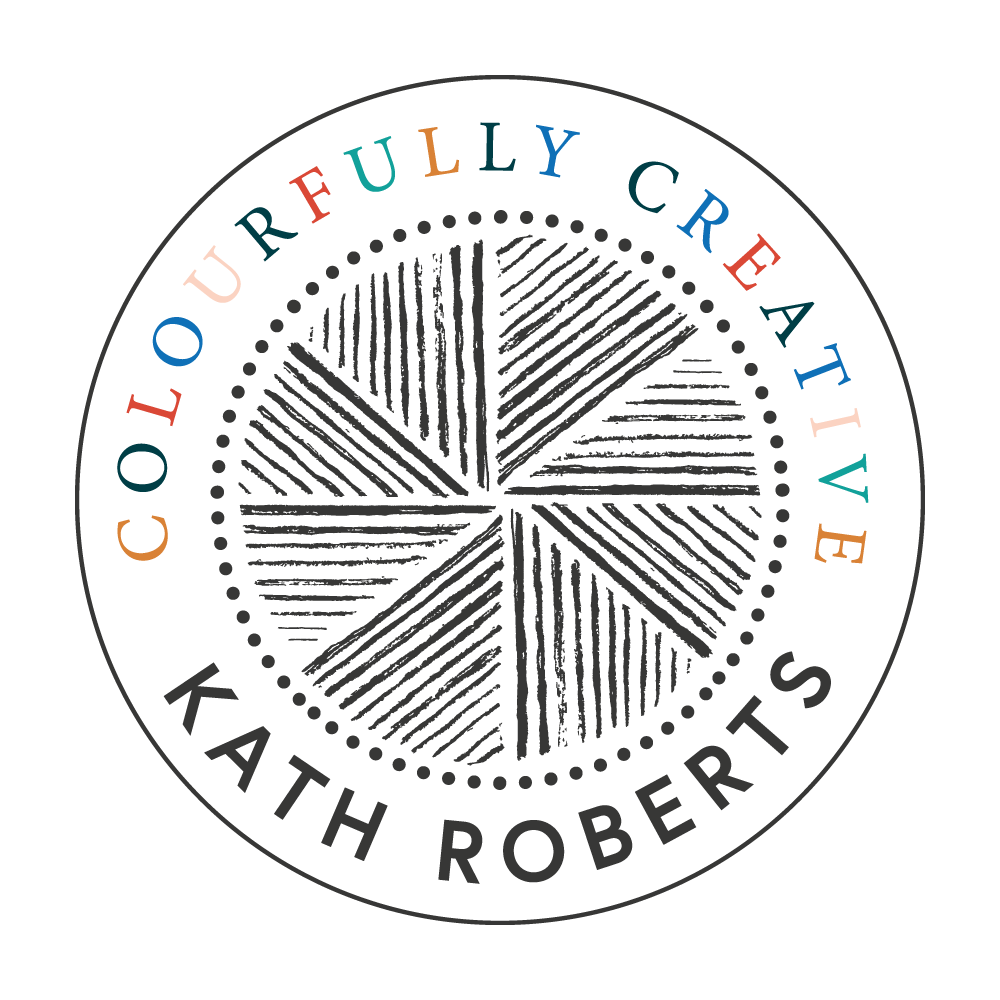The Physiological and Psychological Impact of Colour
Colour is a universal language relevant to all of us and not limited by language or culture. Occurrences of colours in nature are universal and timeless. For example, the fact that green is the colour of nature and that blue is the colour most associated with the sky and water has been a reality since the dawn of time. Such colour associations are common to all people. Colour also generates another level of meaning in the mind. This symbolism arises as a result of cultural and contemporary contexts. For example, green’s associations with nature can communicate growth, health and ecology. On the other hand, green may also be symbolic of greed, envy and jealousy.
As such, the Colour Mirrors system is a tool to enable us to bring into conscious awareness what we know, albeit unconsciously, what is innately within us. That’s why we call it a right-brain intuitive feminine system because it allows us to access the unconscious mind and the gateway to that is through the heart. Colours will guide us in the same way that our intuition does as they are effectively one and the same.
Our collective history
From the beginning of our evolution we have marked time and advancement through the use of colour. It has been a way of expressing our needs, our identity and our connectedness to one another and our environment. Colour was used as a coding system to enable us to survive and evolve in a challenging environment, moving from the safety of caves, we adapted to the world of light reading patterns of lightness and darkness. These colours are typified in the ancient spiritual yin/yang symbol which epitomises our most primal drive and impulses.
As mankind evolved into a more collective and complex society we began to process new experiences in colour rather than just in black or white. We developed the ability to recognise and perceive other colours which became crucial for our survival and adaptation.
How we read colour
Light receptors within the eye transmit messages to the brain, which produces the familiar sensations of colour. Newton observed that colour is not inherent in objects. Rather, the surface of an object reflects some colours and absorbs all the others. We perceive only the reflected colours. Our brain decides what colour we are looking at based on the light that comes into our eyes, and there is actually a huge amount of variability in how we see colours.
Colour impacts our bodies and our emotions
Psychologists believe that dopamine – which controls our brain’s reward and pleasure centres – has an impact on how we distinguish colours.
Why is it that most people feel more relaxed in green or blue rooms and that a warm red colour is most likely to evoke emotions of anger and hostility and have people quite literally “seeing red”?
The hypothalamus is a vital part of the brain which is responsible for the secretion of a number of hormones that control many functions of the body’s self-regulation, including temperature, sleep, hunger and circadian rhythms. Exposure to light in the morning, and blue/green light in particular, prompts the release of the hormone cortisol which stimulates and awakens us as well as inhibiting the release of melatonin. In the late evening as the amount of blue light in sunlight is reduced, melatonin is released into the bloodstream and we become drowsy.
The retinal cells that form the non-image-forming visual pathway between the eyes and the hypothalamus are selectively sensitive to the short wavelengths (blue and green) of the visible spectrum. Meaning that there is clearly an established physiological mechanism through which colour and light can affect mood, heart rate, alertness, and impulsivity.
If we think about specific emotions it is not difficult to attribute a colour to them; for example red can mean anger and yellow can mean happiness. Colour is effectively light, energy and vibration as are we. Colour, therefore reveals hidden information and unconscious patterns that clear the way for balance, wholeness and coherence.
Existing research on colour reveals:
⦁ One study found that warm-coloured placebo pills were reported as more effective than cool-coloured placebo pills.
⦁ Anecdotal evidence suggests that installing blue-coloured streetlights may lead to a reduction of crime in those areas.
⦁ The temperature of the environment may affect colour preference. People who are warm tend to list cool colours as their favourites; people who are cold prefer warmer colours.
⦁ Certain colours have an impact on performance. Exposing students to the colour red before an exam has a negative impact on test performance. Red causes people to react with greater speed and force, which may be more useful in athletic activities.
⦁ Another study found that sports teams dressed in mostly black uniforms are more likely to receive penalties, and that students were more likely to associate negative qualities with a player wearing a black uniform.

